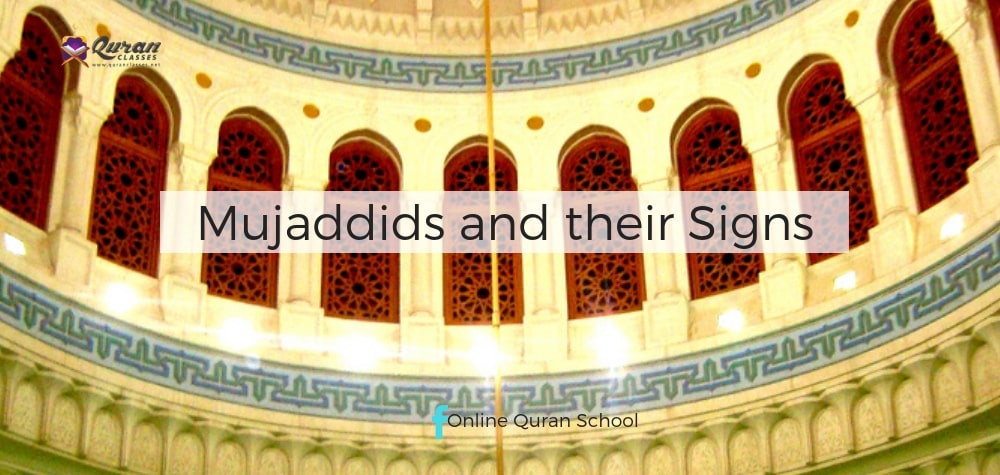People of the Cave
November 12, 2018Sura Hud (Arabic سورة هود, ) is the 11th Chapter of the Qur’an
November 13, 2018
Mujaddids and their Signs
Question
“Surely, Allah will send for this Ummah at the beginning (ra’s) of every hundred years a person who will revive its religion for it.” (Abu Dawud)
In this hadith (above), is it referring to the beginning of the century or the end? What are the signs of a [true] mujaddid (reviver) through which he can be recognized? Is there [only] one mujaddid for the entire world [at any given time] or [can there be several mujaddids present at one time] in different places where there is a need for tajdid (Islamic revival)? Is it necessary for his name to have “Ahmad” or “Muhammad” in it? Who are the mujaddids [who have been sent so far] and where have they been sent [up until now] …?
Answer
The beginning [of something] is referred to as ra’s therefore a mujaddid would be at the beginning of a century although the beginning of a century is also the end of the century that preceded it because it is possible someone may refer to it as the end [of that preceding century]. Anyway, in whichever century he comes he will be there at the beginning of that [particular] century so that the effect of his tajdid remains until the end.
The signs of a mujaddid are that through his speeches and writings and through his endeavors and efforts innovations (bid’ahs) are abolished, the Sunnah is spread [far and wide] and those sunnahswhich were [considered] dead are revived. It is not necessary for his name to include “Ahmad” or “Muhammad” in it nor is this known from any [authentic] hadith.
[Also,] it is not established [with proof that it is possible] to know specifically who they are (i.e., mujaddids). Some scholars have, in their estimate and opinion, considered a mujaddid whoever they saw [fit] amongst the muhaqqiqs (research scholars, authorities). Thus, after the [time of the] Messenger of Allah (Allah bless him and give him peace), upon the conclusion of the first century, the majority have considered ‘Umar ibn ‘Abdul ‘Aziz (may Allah be pleased with him) [the mujaddid of that time]. Upon the conclusion of the second century some have said it was Shafi’i (may Allah have mercy on him) and some said it was someone else. None of these opinions are established [with proof] and Jalal al-Din al-Suyuti (may Allah have mercy on him) has written on this issue [as well].
According to this slave, the sounder position is of the person who says that is not necessary for the mujaddid of the century to be a single scholar, rather — at any given time — it could be a group of two, four, ten, twenty, fifty or so or it could be [just] one. Therefore, after each century a different group [of scholars] is present in the world and all of these [scholars] strive for the rectification of the [masses’] religion. All of them receive their share in the tajdid according to their knowledge and status. However, we cannot specify any one [in this regard]. And Allah knows best.
(Talifat Rashidiyyah, Fatawa Rashidiyyah, p.159, Idarah Islamiyyah, Lahore)
Translated by Hamood Aleem
By Mawlana Rashid Ahmad Gangohi



